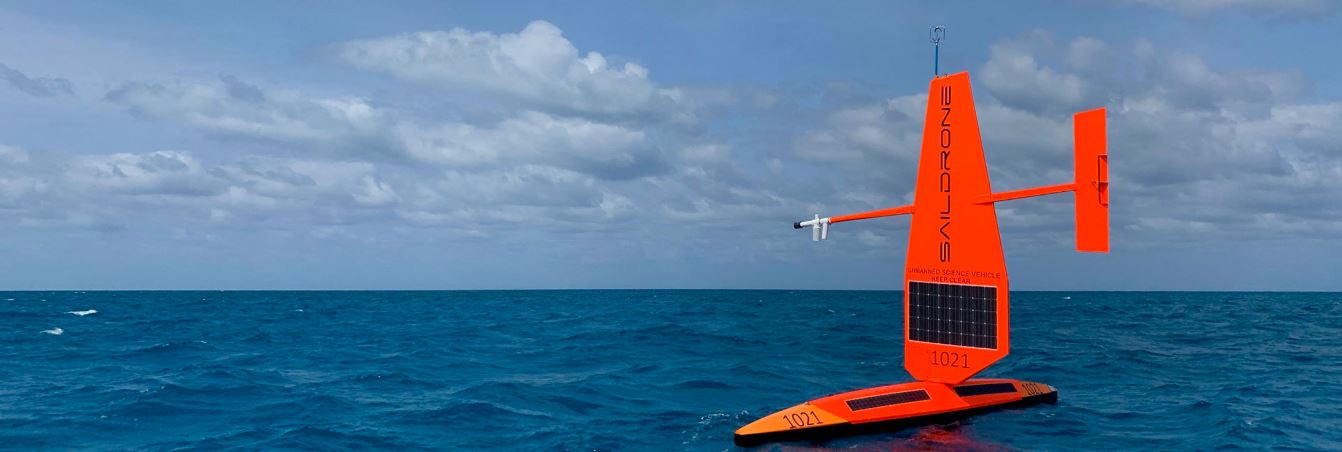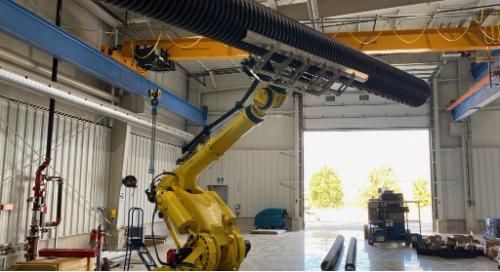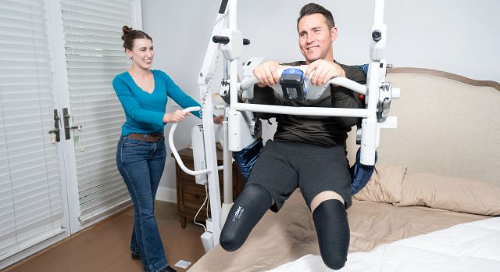A New Era in Ocean Exploration
Data Cables from igus help ASVs Discover High-Quality Data
Technology is changing the way scientists are exploring the world’s oceans. Autonomous Surface Vehicles (ASV) and Subsurface Vehicles (AUV) are now being used more than ever to discover data related to animal species, the environment and even illegal traffic around sanctuaries.
The National Oceanic and Atmospheric Administration recently concluded a project where it evaluated data collected by autonomous surface vehicles compared to a noise-reduced research vessel. The autonomous surface vehicles, called Saildrones, included energy chains and data cables manufactured by igus®, the Germany-based manufacturer of motion plastics. The igus® products withstand the harmful effects of saltwater and have an extended life cycle compared to components made with steel.
“We have been exploring the use of ASV and AUV to lighten our ship time requirements and increase the spatial coverage of our buoy measurements,” said Noah Lawrence-Slavas of the NOAA. “From research, it is clear that autonomous vehicles play a very important role in the future of ocean observing.”
High Cost of Ocean Observation
One of the major challenges to ocean observation is cost. A report published by UNESCO in 2017 found that ocean research vessels can cost between $10,000-$40,000 per day to operate. One of the largest budgetary issues is the crew.
“Ships are very expensive to build, crew and operate,” Lawrence-Slavas said. “The NOAA fleet is shrinking while demand is increasing. In 2017, the NOAA fleet was meeting less than 50 percent of the demand for days at sea. The discrepancy has become greater as we continue to lose capability due to attrition from aging ships.”
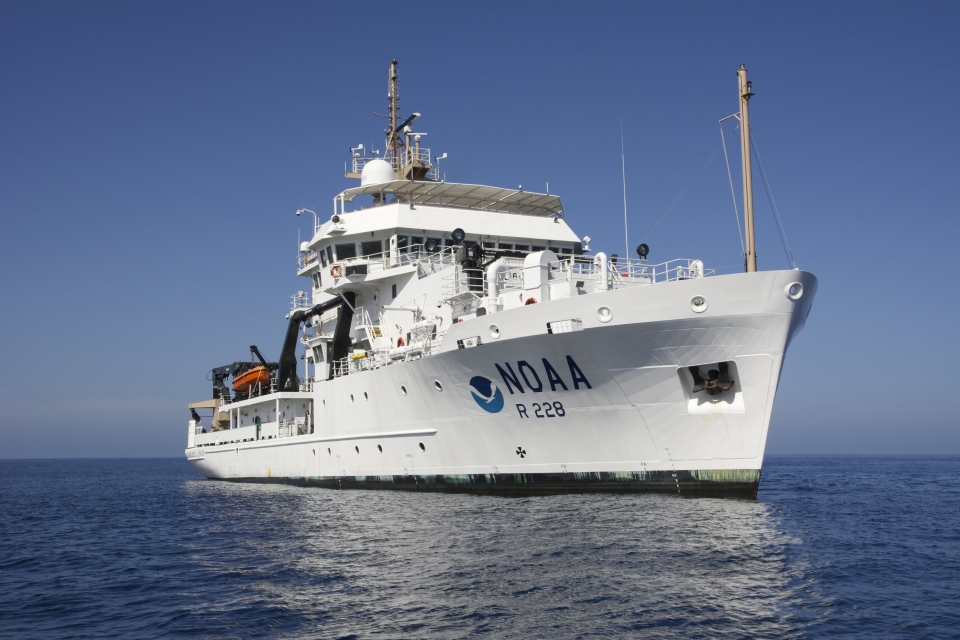
Buoys and satellite observations are also frequently used, but they also have limitations. Buoys require ships, which increases costs and contributes to fewer ship resources. “They do a poor job of resolving spatial changes in the oceans, particularly in highly variable coastal regions where you can see significant changes in the ocean over short distances,” Lawrence-Slavas said. Satellites lack the ability to see below the molecule-thick skin of the ocean.
They also do not have the resolution to resolve many important fine-scale processes, and lack the accuracy needed for many measurements.
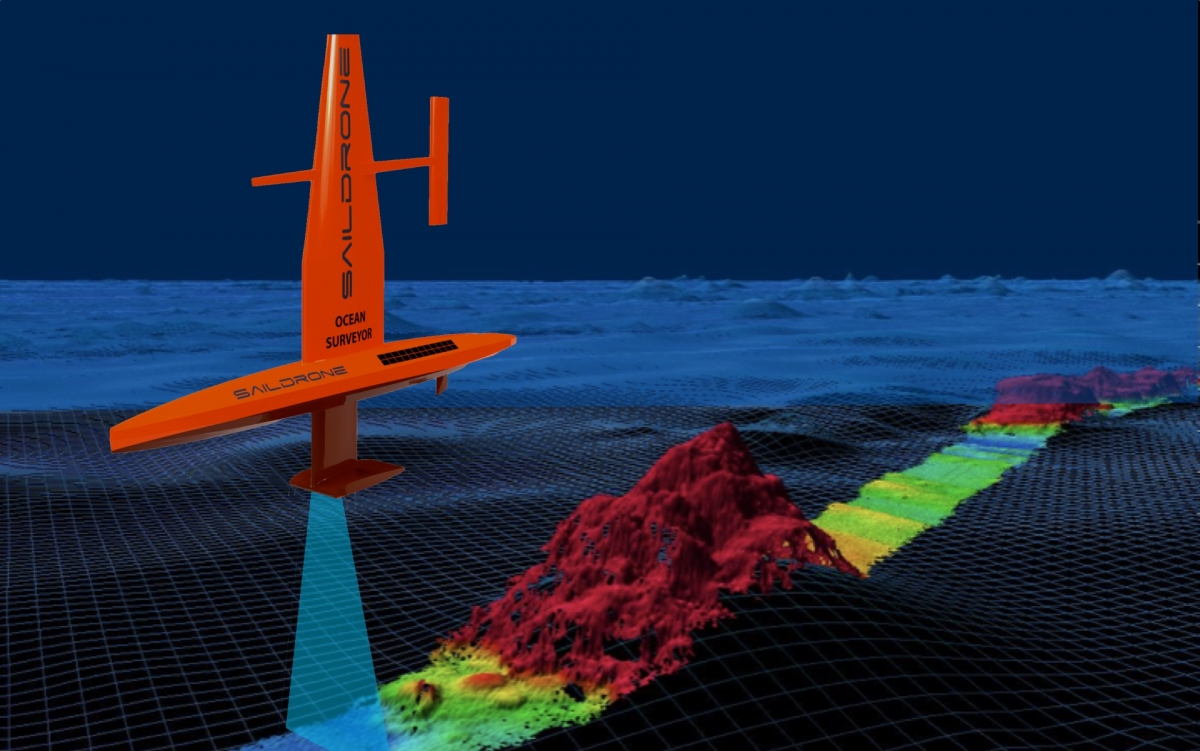
While ocean exploration has become more challenging, it has also become more critical. “The ocean science community has a real problem,” Lawrence-Slavas said. “The oceans are vast, difficult to observe and in many places, particularly high latitude regions, are rapidly changing.”
The development of autonomous vehicles as a research tool has helped scientists.
They can collect more data compared to buoy measurements and reduce the reliance on ships. “They are not a 1:1 replacement for ships or buoys, but are more of an augmentation to these traditional technologies in order to expand our understanding of the ocean and to make more cost-efficient measurements,” Lawrence-Slavas said.
Data Evaluation
The NOAA experiment compared data collected from autonomous vehicles to research vessels. Two Saildrones were equipped with echosounders to monitor the movement of walleye pollock in the Bering Sea. Echosounders, a type of sonar, helped scientists look deep into the water underneath the vehicles and measure everything in the water that reflects the sound waves. “We wanted to turn the Saildrone into a tool for ocean research by integrating, testing and ground trothing sensors for ocean research on the vehicle,” Lawrence-Slavas said.
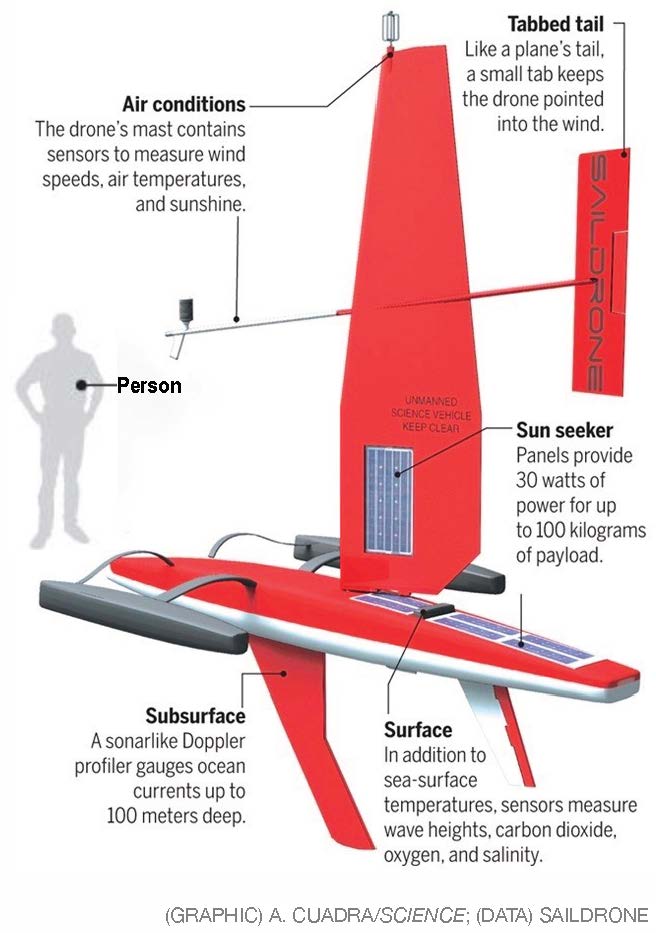
Saildrone, a company based in California, designs, manufactures, and operates a global fleet of wind and solar-powered ocean drones that monitor the state of the planet in real-time. The drones are powered with a propulsion system and include a tall, hard wing, a longitudinal spar and a vertical tail. A trim-tab on the tail adjusts the wing angle to the wind, similar to the way an elevator trim tab controls the pitch of an aircraft.
Each Saildrone was equipped with a specially-designed echosounder. The NOAA worked with Saildrone and the echosounder manufacturer, Simrad, to customize an instrument for an ASV that recorded the movements of walleye pollock.
“We compared the Saildrones to NOAA fisheries ships to make sure we were collecting high-quality data,” Lawrence-Slavas said. “We are now using echosounder-equipped Saildrones to conduct the targeted science missions to determine the applicability of the vehicle to augment various NOAA missions.”
Flexible Cables, Reliable Data
The Saildrones in the experiment included two products from igus®: chainflex data cables and an energy chain that acts as a bend limiter to increase cable flexure life.
The data cables have gliding travel distances up to 40 meters when supported, and can be used in indoor and outdoor environments. They are typically used in outdoor cranes, high-bay warehouses, machining units and machine tools, low temperature applications and semiconductor insertions. The cables in the NOAA project were protected with a thermoplastic elastomer cable jacket that withstands the effects of saltwater. “The power and data cable attaching to echosounder electronics needed to not degrade over the more than five million bend cycles the cable would see in a typical one-year-long deployment,” Lawrence-Slavas said.
Waves cause a lot of movement of the Saildrone, which can impact the data collection essential to the experiment. The energy chains have a high tensile strength and are completely enclosed. They are frequently used in applications that move within two or three axes.
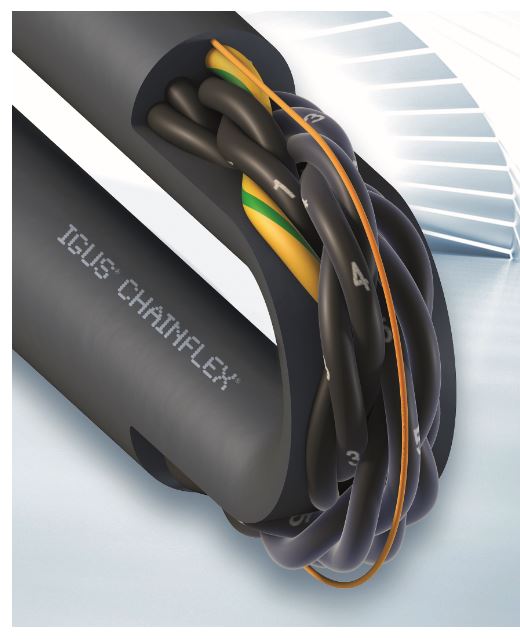
“The big challenge for fish finder installation was how to remove the heel bias on the echosounder data,” Lawrence-Slavas said. “The Saildrone acts like a sailboat, so when the wind blows, it heels over. To get high-quality echosounder data, the echosounders transducer (which generates and then receives the acoustic pulses) must be on average pointing straight down. We needed to remove the Saildrone’s heel from the echosounder’s transducer so we built a hinged mount. The two-foot-long energy chains® and chainflex® cables allowed us to reliably transmit power and receive data through the moving mount.”
Lawrence-Slavas said the NOAA has used the igus components on Saildrones that have been deployed on the West Coast of the United States, the Bering Sea, the Arctic Ocean and waters off of Australia.
Autonomous surface vehicles are helping many scientists learn more about the ocean, and Lawrence-Slavas feels the discoveries are just beginning. “These vehicles are crossing oceans by themselves, operating in the worst ocean environments. They have the potential to revolutionize both how and what we are able to learn about the ocean,” he said. “It would be very hard to not get excited about the possibilities.”
You can contact the Product Manager for chainflex at igus North America here.

